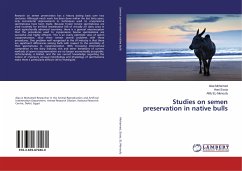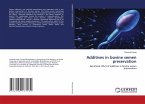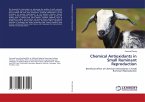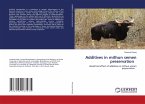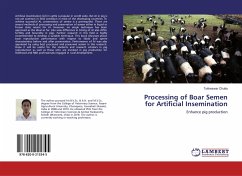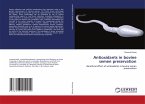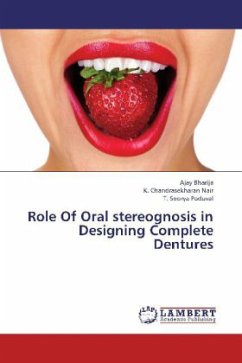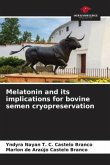Research on semen preservation has a history dating back over two centuries. Although much work has been done within the last forty years, only incremental improvements in techniques used to cryopreserve spermatozoa have been made. Because frozen bovine spermatozoa are used routinely for artificial insemination (Al) of virtually al1 dairy cows in most agriculturally advanced countries, there is a general misconception that the procedures used to cryopreserve bovine spermatozoa are successful and highly efficient. This is an overly optimistic view of sperm cryopreservation, since there remain several problems with these procedures. One problem well recognized in the Al industry is that there are significant differences among bulls with respect to the sensitivity of their spermatozoa to cryopreservation. With increasing international competition in the dairy industry, this and other limitations of current methods of sperm cryopreservation are no longer economically acceptable. Unfortunately, is limited, and the our current knowledge regarding the nature of cryoinjury unusual morphology and physiology of spermatozoa make them a particularly difficult cell to investigate.
Bitte wählen Sie Ihr Anliegen aus.
Rechnungen
Retourenschein anfordern
Bestellstatus
Storno

